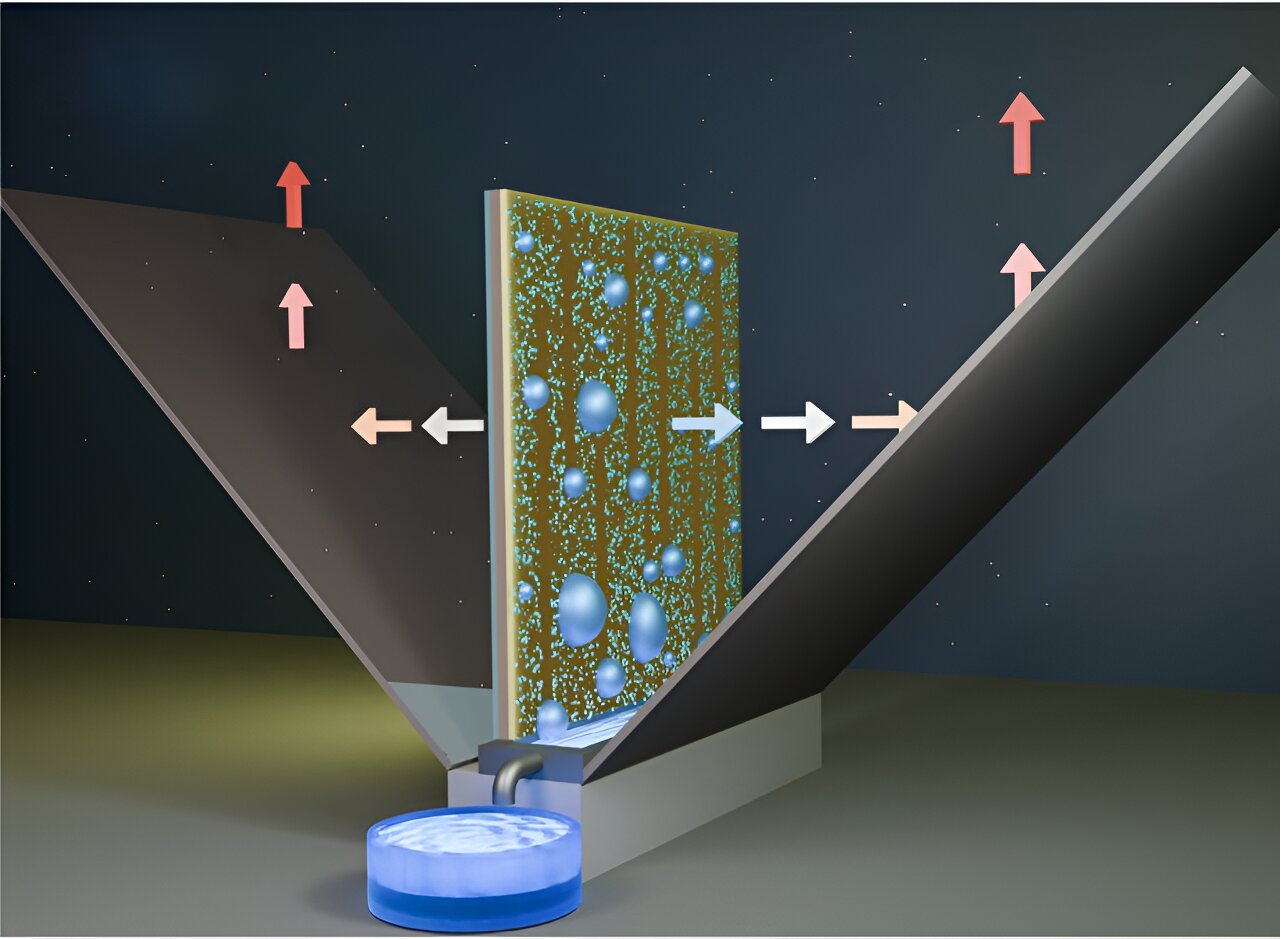- cross-posted to:
- [email protected]
- cross-posted to:
- [email protected]
Their device needs no electricity, as it extracts water from the air using nothing more than gravity and relies on cheap, readily available materials.
Along with keeping the solar cells and other semiconductor technologies cool, the water can be repurposed for irrigation, washing, cooling buildings on which the solar cells are placed, and other applications.
Scientists estimate that the atmosphere contains six times more water than all the fresh water in the rivers combined.



Abstract of the original study paper. Couldn’t get the whole paper. Behind a paywall.